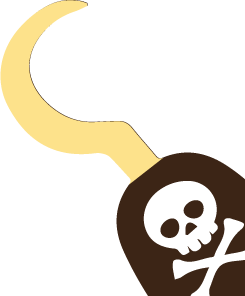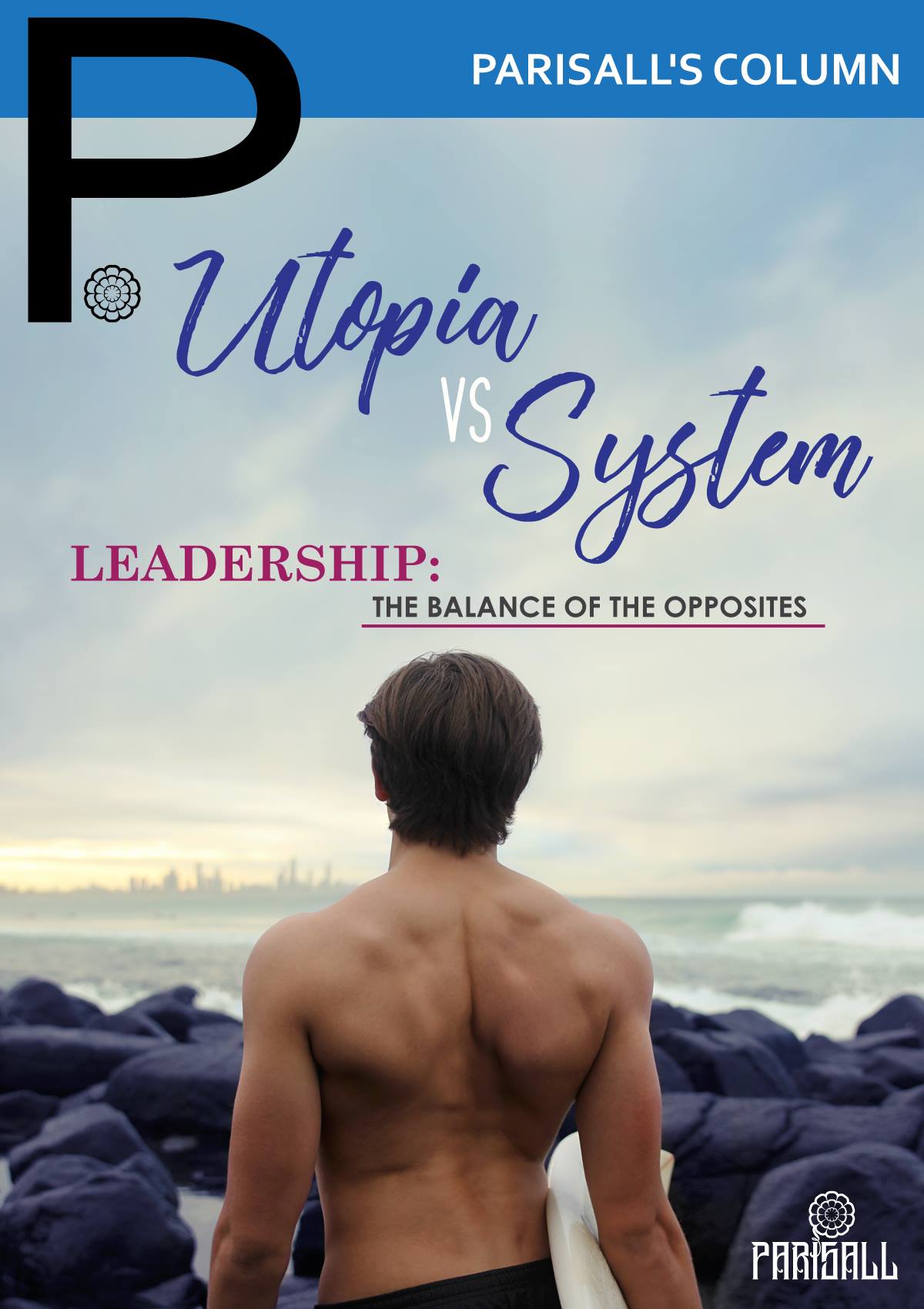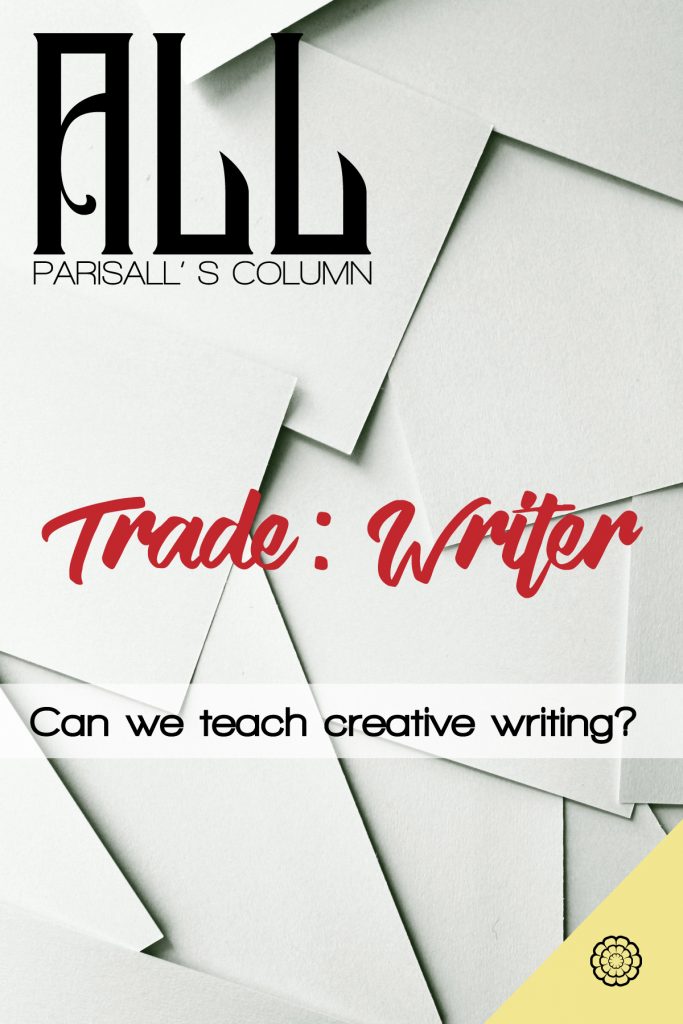Editorial
UTOPIA VS SYSTEM
In Neverland, everything is possible: dreams become true, the villain loses and the hero wins, even though the bad guy is not always that bad and the good guy is not always that good.
Sometime, conflicts don’t find a solution: we can be leaders and in need guidance; we are clear-headed youngsters and confused adults; we are honest but have our flaws; we are sincere but, at times, we omit things; we are a sum of the parts and much more.
People are yet to find the formula to transform the real world into the ideal one.
We appreciate those who fight the status quo and strive to change it. We understand those who accept it and look for their place in it. We look at the multitude of truths before us sometimes through the eyes of a child, sometimes through those of a survivor. We work to build a place where fantasy and reality hang in the balance, where we can tell our stories.
This is what we want, this is what we do.
Leadership: the balance of the opposites
They take us by the hand and lead us on adventures we would have never dared to imagine. Be it the chief of the lost children, a team supervisor, or the CEO of a listed company, a real leader knows how to inspire collaborators and peers alike. They nurture the talents of their contributors with encouragement and constructive criticism by discerning how to direct the creative efforts and streamline the process.
Knowing how to drive a team of professionals is not easy, it requires balancing forces often in disagreement, conflicting personalities and impulses. Dialogue is at the root of true leadership, especially if the aim is to shape rather than crash the diverse talents and individualities.
A clear and direct internal communication is pivotal to establish the right degree of trust in a group work, it encourages the members to share goals, values and promotes better performance and greater responsibility.
The chief listens to everyone’s contribution becoming the security net that allows the group to work autonomously without worrying about external influences. In the face of pressure, the captain knows how to spur their people and to push them to complete high-quality projects.
The leader is the quiet director who creates the perfect conditions for the individualities to express themselves within a logical and coherent project. When creatives try to match their artistic endeavours with the customers’ message, the captain works with the crew in the attempt to align visions and experiences that not always find a meeting point. If there is a gap, the leader is ready to change the coordinates in progress to reach the destination by following other routes.
Artists live of conflict: heart and logic, rebellion and resignation, crazy creativity and lucidity, light and darkness; the leader is the one who shows them the road if they get lost in the forest, pushing them to be the best version of themselves.
The leaders are the barometer of morality and work ethics. Not only does their behaviour define the perception that the outside world has of the company they represent, they become an example for all the people around them.
If there is a gap, the leader is ready to change the coordinates in progress to reach the destination by following other routes.







